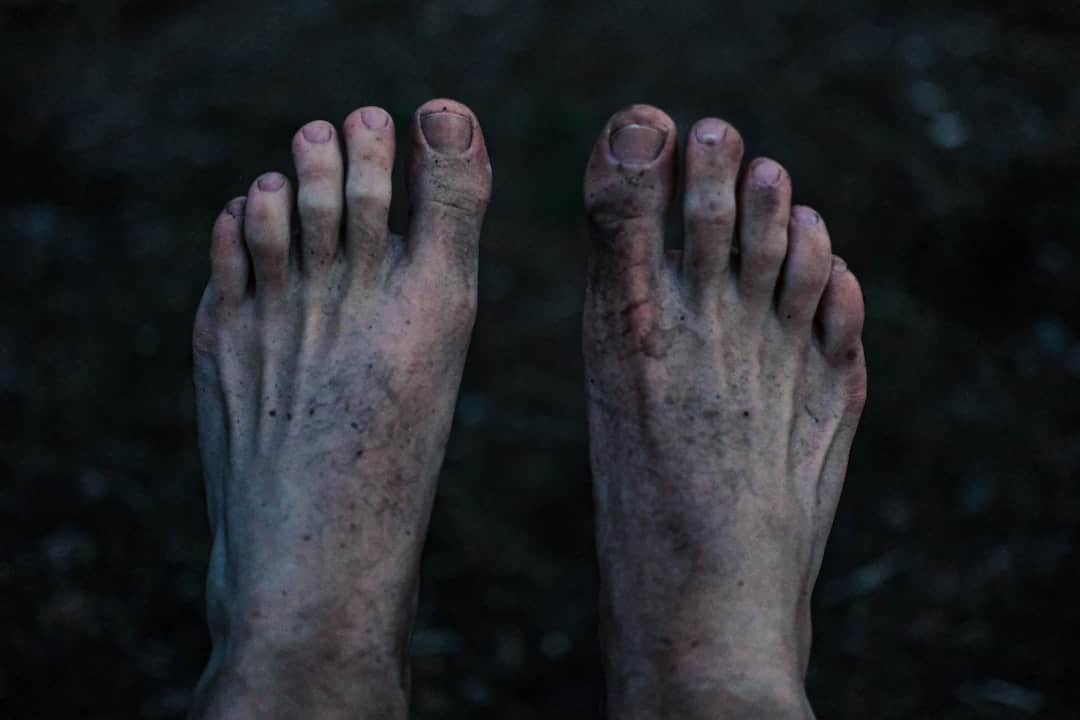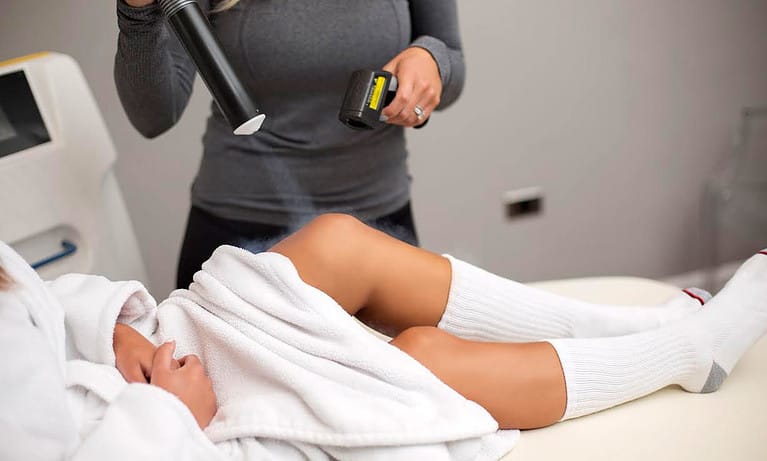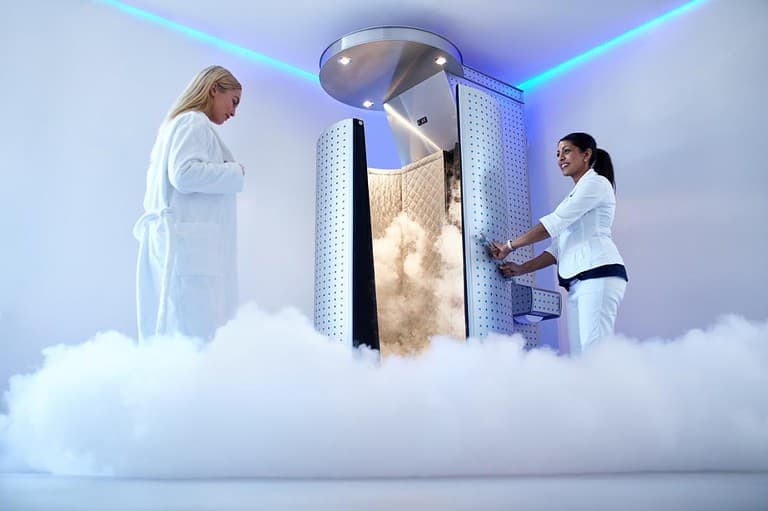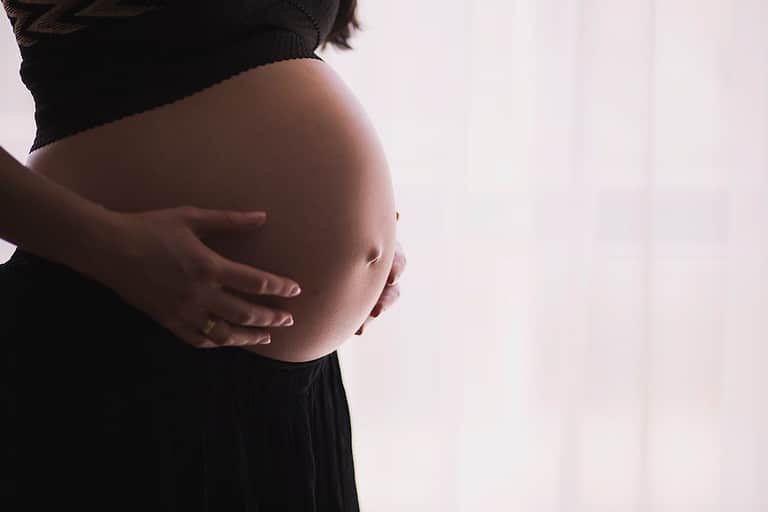Safety First: Can Cryotherapy Burn Your Skin?
Cryotherapy treatment has become a popular trend for those looking to ease aches and pains and improve their overall wellness. But with extremely cold temperatures inside a cryo chamber, one major concern is that can cryotherapy burn your skin.
While the answer may not be as straightforward as you think, it’s important to understand the risks of cryo before you take the plunge.
After exploring what cryotherapy is, we’ll investigate the potential risks of using this form of therapy – including how can cryotherapy burn your skin. We’ll also look at some alternatives that offer similar benefits without the hazards.
Table of Contents
What is Cryotherapy?
Cryotherapy is a technique that utilizes cold temperatures to treat health issues. It can be used as an alternative or complementary therapy for pain relief and inflammation reduction. Cryotherapy has been used in traditional medicine since ancient times and is now gaining popularity in modern healthcare settings.
How Cryotherapy Works
Cryotherapy involves exposing the body to extremely low temperatures — typically ranging from -110°C to -160°C — for a short period of time (usually less than three minutes).
Also called cryosurgery or cryoablation, cryotherapy has been shown to be effective in reducing pain and stimulating blood flow to accelerate healing after surgery or injury and improve athletic performance.
Some studies have also revealed that whole-body cryotherapy may help fortify the immune system and reduce wrinkles through enhanced collagen production.
There are several types of cryotherapies available. These include whole-body cryotherapy, localized spot treatments like facial freezing, or targeted fat removal procedures like CoolSculpting.
Whole-body cryo therapies involve stepping inside special cryotherapy chambers where air temperature drops rapidly.
Local spot treatments are more focused on specific parts of the body, such as hands or feet, which require direct contact with ice packs or ice massages for about 10 minutes.
Despite its benefits, cryotherapy comes with certain risks and possible side effects due to its application of icy temperatures on the body. Therefore, it’s important to take proper precautions when trying cryotherapy.
Is Cryotherapy Safe?
While cryotherapy is safe when done correctly, there are certain individuals who should not use it due to health conditions or risk factors.
Who Should Not Use Cryotherapy?
Certain medical conditions make cryotherapy unsafe for some people, including pregnant women and individuals with heart disease, hypertension, Raynaud’s Syndrome, diabetes, kidney disease, and hypersensitivity to the cold.
Due to their increased vulnerability to developing frostbite, children under 18 years old should not use cryotherapy without a doctor’s approval.
Though generally safe, cryotherapy can cause adverse reactions such as headaches, nausea, dizziness, muscle cramps, and skin burns following treatment.
Before pursuing cryotherapy, consult a physician for advice on how to do it safely. Make sure that the cryotherapy facilities you choose follow all industry standards and regulations.
Finally, never underestimate the power of cold temperatures. Always dress appropriately for treatment sessions to minimize the chances of developing frostbite during your time spent inside the chamber.
Cryotherapy is generally considered safe when used correctly and under the supervision of a qualified practitioner. However, you should still be aware of the potential risks and side effects of this treatment — particularly the potential to burn your skin.
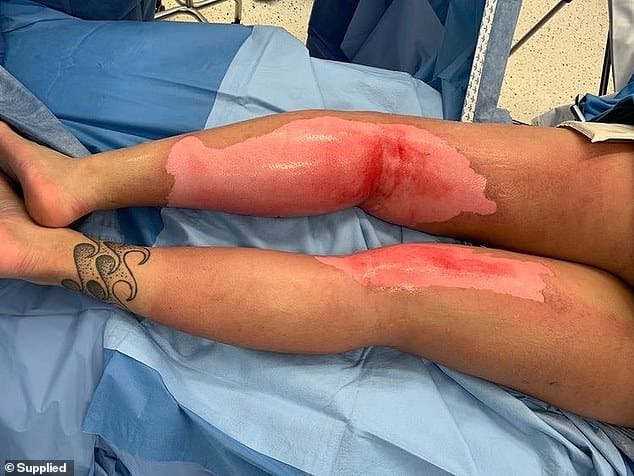
(Source)
Can Cryotherapy Burn Your Skin?
When exposed to extreme cold temperatures during a cryotherapy session, your skin may be at risk of developing frostbite or other types of burns. The duration of your exposure to the cold, along with environmental conditions like air temperature and humidity, will determine the severity of any potential burns.
Without proper care, frostbite can cause lasting harm to the skin such as scarring and discoloration.
Age, pre-existing medical conditions, and medications can raise the likelihood of burn injuries from cryotherapy treatments.
If you have recently shaved or waxed your body hair prior to receiving a cryo session, then you may also be more susceptible to skin burns due to increased sensitivity in those areas after hair removal procedures.
Lastly, not wearing protective gear such as gloves and socks when undergoing whole-body cryo sessions could lead to burns on your hands and feet. Always follow the instructions of cryotherapy facilities or technicians to prevent accidents.
How to Reduce The Risk of Burns from Cryotherapy
- Make sure that all protective gear recommended by your healthcare provider/cryo technician is worn properly throughout the duration of the treatment.
- Limit exposure time to no longer than three minutes.
- Consult with your doctor beforehand regarding any pre-existing medical conditions that might affect how your skin responds to extremely cold temperatures.
- Avoid applying topical creams or lotions before entering the cryo chamber since some ingredients could further irritate the skin.
By taking these precautions, you should be able to lower your overall risk level when participating in any type of therapy involving the use of extreme temperatures.
If you don’t want any of the risks associated with cryotherapy, there are alternatives that offer similar health advantages. Let’s explore some noninvasive alternatives, natural remedies, and medications for pain relief and wellness benefits.
Alternatives to Cryotherapy
For those seeking to obtain pain relief and wellness benefits without freezing your butt off, there are noninvasive alternatives that you can try.
- Physical therapy is a tested method of addressing muscle and joint soreness and improving the range of motion.
- Chiropractic care focuses on restoring joint function by manipulating the spine using gentle pressure.
- Massage therapy helps reduce tension in muscles while promoting relaxation.
- Acupuncture, an ancient practice for treating physical and mental ailments, is used to promote relaxation and reduce pain.
- Yoga combines physical postures with breathing techniques which can be beneficial in relieving stress while also improving strength and flexibility.
- Tai chi is another form of low-impact exercise that involves slow movements designed to improve balance and coordination while providing relaxation benefits.
- Pilates exercises focus on core strength training which can help improve posture along with reducing back pain caused by weak abdominal muscles.
In recent years, natural remedies have become increasingly popular due to their potential for treating various conditions without the use of drugs or invasive procedures. Such natural remedies can include:
- Herbal supplements such as turmeric or ginger root.
- Essential oils like lavender oil.
- Dietary changes such as avoiding processed foods.
- Lifestyle modifications like getting more restful sleep.
- Regular exercise regimens.
- Deep breathing exercises.
- Meditation/mindfulness practices.
Medications are often prescribed by doctors as a last resort when noninvasive methods fail to provide adequate relief. However, these should only be taken under strict medical supervision as some medications come with side effects that could potentially worsen your condition.
Common medications prescribed by physicians for symptom relief may include NSAIDs, narcotics, steroids, anticonvulsants, antidepressants, and anxiolytics.
Conclusion
Now that you know how can cryotherapy burn your skin, it is imperative that you exercise extreme caution when trying cryo for the first time.
If you’re considering using cryotherapy for its many health benefits but worry about burning your skin, speak with a healthcare professional who can provide more information on the safety protocols in place at reputable clinics that offer this service.
Take control of your health and well-being today with Smart Living Now. Our comprehensive resources can help you learn about the potential risks associated with cryotherapy so that you can make informed decisions for yourself and your family.

